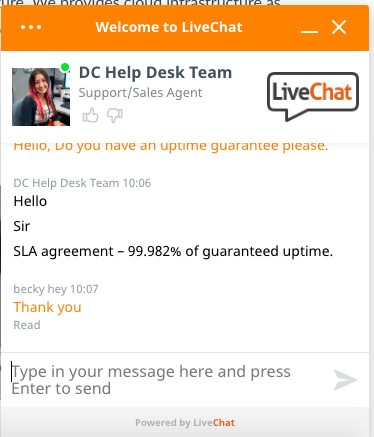Web hosting provider LiveMNC is located in Jaipur, India. Its English-language website advertises many different services, and (according to its LinkedIn page) this company was founded in 2016.
Features and Ease of Use

LiveMNC doesn’t do shared hosting, but it does offer dedicated servers, VPS packages, and cloud hosting, so there’s plenty to choose from. The hosting services come with these features as standard:
- 99.982% uptime guarantee
- Backup services available
- Domain registration available
- Choice of worldwide data centers
- SSL certificates available
You can choose between the Linux and Windows operating systems, which come with the popular cPanel and Plesk control panels respectively. You also get to choose from a wide range of server locations, including India (Mumbai, Noida, and Jaipur), Europe, the U.K., and Singapore. If you’re unsure which one to choose, you might select the location that’s closest to your customer base.
While the product pages mention a 99.9% uptime SLA, a customer service agent informed me about a 99.982% uptime guarantee on all hosting plans. This correlates with the uptime offered by a Tier III data center, so you can expect less than 1.6 hours of downtime per year.
Pricing and Support

Although the prices are high for the features on offer, I am mindful that these are enterprise-level services. I’m pleased to see a selection of billing cycles (of one, three, six, and twelve months) but disappointed that you don’t get a discount for an annual commitment. Domain names and SSL certificates cost extra, but that’s pretty common for this kind of company.
24/7 customer service is available by telephone (for sales, support, and billing departments), email, and live chat. Physical offices can even be found in India (Jaipur, Pune, and Delhi) and the U.K. (Birmingham).
When I tested the support for myself, I was pleasantly surprised that the live chat operator answered almost immediately and addressed me politely in English. My only slight gripe is that the provided information contradicted what was on the website.
Self-support resources seem to be limited to a small set of frequently asked questions.










